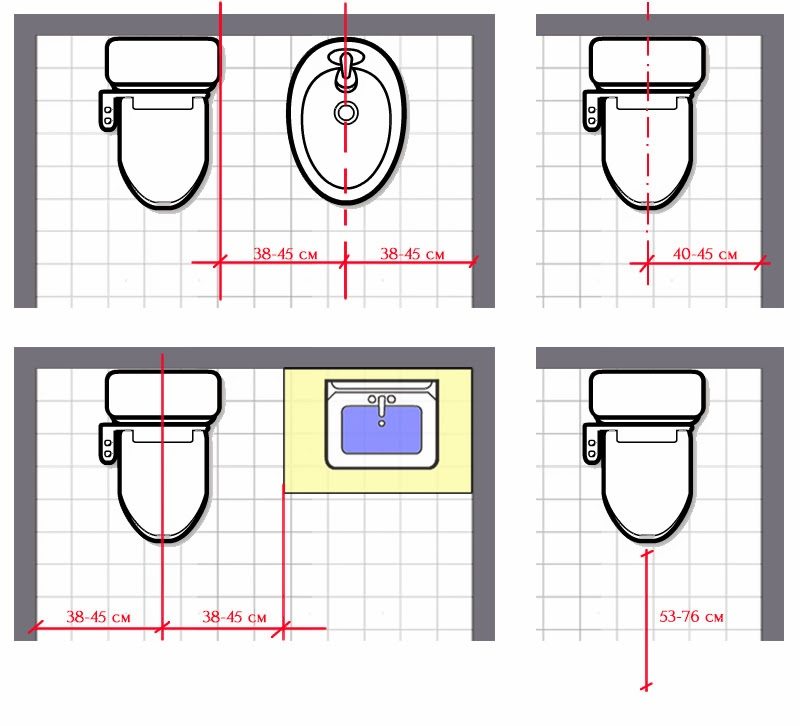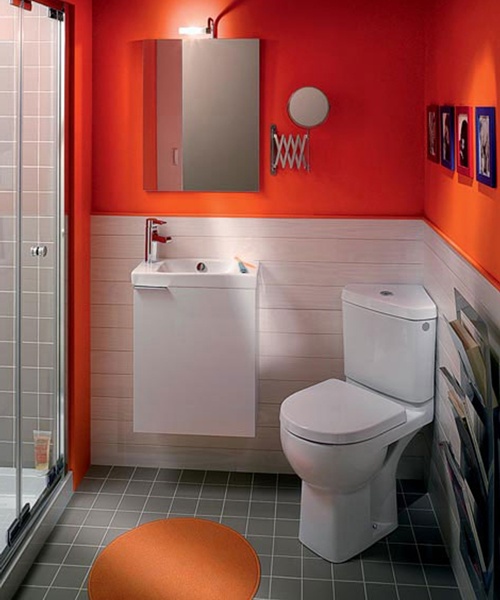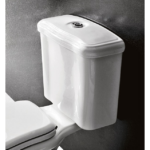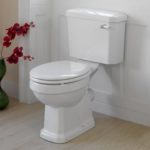Standards for the distance from the wall to the toilet
I noticed that now my environment has become somehow very creative and rejects everything ready-made: they grow food on the windowsill, they sew their own clothes. It has gotten to the point where they are specifically buying “zero” apartments with only load-bearing partitions in order to install the walls in them themselves. The approach is excellent, if only they did not make mistakes. One of the most common problems turned out to be such a stationary and practically immovable, as it seems to many, thing like a toilet, and the construction of walls around it.
The content of the article
Standard requirements for the distance from the wall to the toilet
Why does this happen? “Knees are getting weak” (no, this is not a line from “The Bremen Town Musicians”, but the harsh realities of life). “I can’t wash the sides of the toilet,” the result: the famous smell of a public toilet and deposits of dirt discovered when remodeling the walls.
Attention! All these problems are solved by a book called “SNiP 2.08.01–89. Residential buildings", preferably open and read before renovation, and not after.
It specifies the requirements for the minimum distance from the walls to the toilet, so that both knees fit and cleaning is possible. I took care of your time, so you won’t have to search for this information for a long time, here it is:
- The minimum distance from the edge of the bowl to the front wall or door is 53 cm. The maximum is also indicated there as 76 cm, but no one bothers to increase it according to your wishes and capabilities.
- There should be at least 38 cm between the middle axis of the toilet and the side wall, but from experience I recommend the standard 45 cm as optimal and comfortable. Of course, if you can afford it, then no one will protest against increasing this parameter.
- In a combined bathroom, it is also advisable to take into account the distance to other objects. There should be 30 cm or more to the bidet, and at least 20 cm to everything else.

Reference! If you don't want or can't increase the front distance by moving the wall further away, you can replace the toilet with a model with a tank on top or choose a wall-mounted option. As a last resort, you can look for a smaller bowl, but keep in mind that this may affect your convenience.
Options for remodeling a bathroom
By the way, such problems are encountered not only in “nulyovkas”. People move into a ready-made apartment, but they don’t like that the kitchen (bathroom, bedroom, living room, hallway - underline as appropriate) is small and the toilet is large. And they decide to move the wall closer to the toilet. What comes of this - see above. You also already know what needs to be observed.
But it also happens: in a combined bathroom there is a need for changes - for example, to expand the space for installing a bathtub or, conversely, replace it with a shower stall, and “give” the excess space to the next room. The idea is great, if not for the insidious toilet located in the most inappropriate place.
In fact, it is not that immovable. If necessary, you can simply unfold it into a corner without moving it to another place. To do this, you will need to purchase a special corner tank. Look how compact and cute it turns out.
This does not even require welding work, since there are corner bends and corrugated pipes.
Attention! In the second case, the main thing is to ensure that the corrugation does not stretch, otherwise the risk of rupture will increase.
And finally, the most radical method is to move the toilet to another location. Here, too, distance matters, since if the maximum recommended 1.5 m to the riser is exceeded, the cistern may not have enough power to push waste. Blockages, I think, will not make anyone happy.
The main thing to take away from this article: do not think that regulations only apply to public premises. Yes, you won’t be so tormented by compliance checks, but the rules are written for a reason. Don’t be a “stereotypical Russian” who “assembles first and then reads the instructions,” and then you won’t have to waste your nerves, time and money on numerous alterations.





